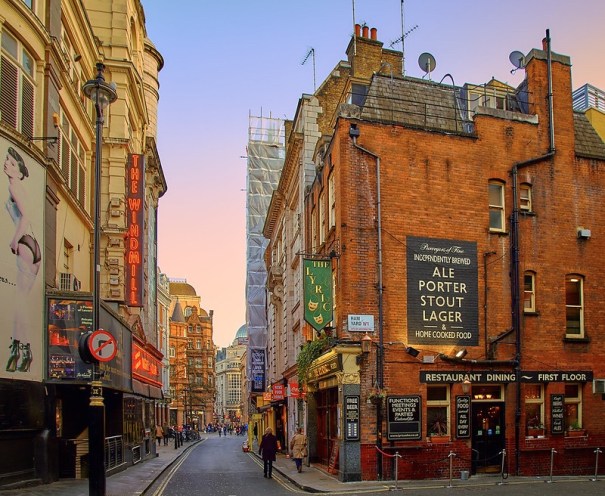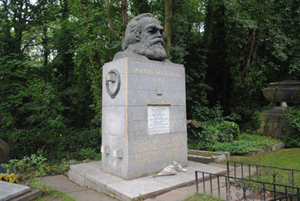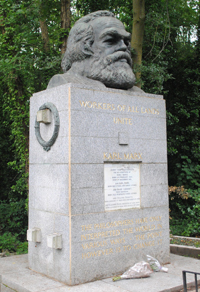This Bloomsbury pub, not surprisingly, takes its name from its proximity to the British Museum (it’s directly opposite).
 Located at 49 Great Russell Street, the Grade II-listed, four storey building was refurbished under the eye of theatre and music hall architect William Finch Hill (and possibly Edward Lewis Paraire) in the mid-1850s in modified French Renaissance style. Along with the exterior, the interior also contains some elements dating from this period.
Located at 49 Great Russell Street, the Grade II-listed, four storey building was refurbished under the eye of theatre and music hall architect William Finch Hill (and possibly Edward Lewis Paraire) in the mid-1850s in modified French Renaissance style. Along with the exterior, the interior also contains some elements dating from this period.
There has apparently been a pub on the site since the 1720s – it was previously called the Dog & Duck, a reference to the rural nature of the location back then, and was renamed the British Museum Tavern in the mid-18th century before taking its current name when the refurbishment took place in the 1750s.
Famous patrons have apparently included Karl Marx, who frequented it while writing Das Kapital in the British Museum Reading Room. Other famous figures associated with it are Sherlock Holmes creator Sir Arthur Conan Doyle and JB Priestley.
Ah, and the sign itself (pictured right). It depicts Sir Hans Sloane, a royal physician and MP whose collections formed the basis of the British Museum when it first opened its doors.
Now part of the Greene King franchise. For more, see www.greeneking-pubs.co.uk/pubs/greater-london/museum-tavern/.
PICTURE: Ewan Munro (licensed under CC BY-SA 2.0)





